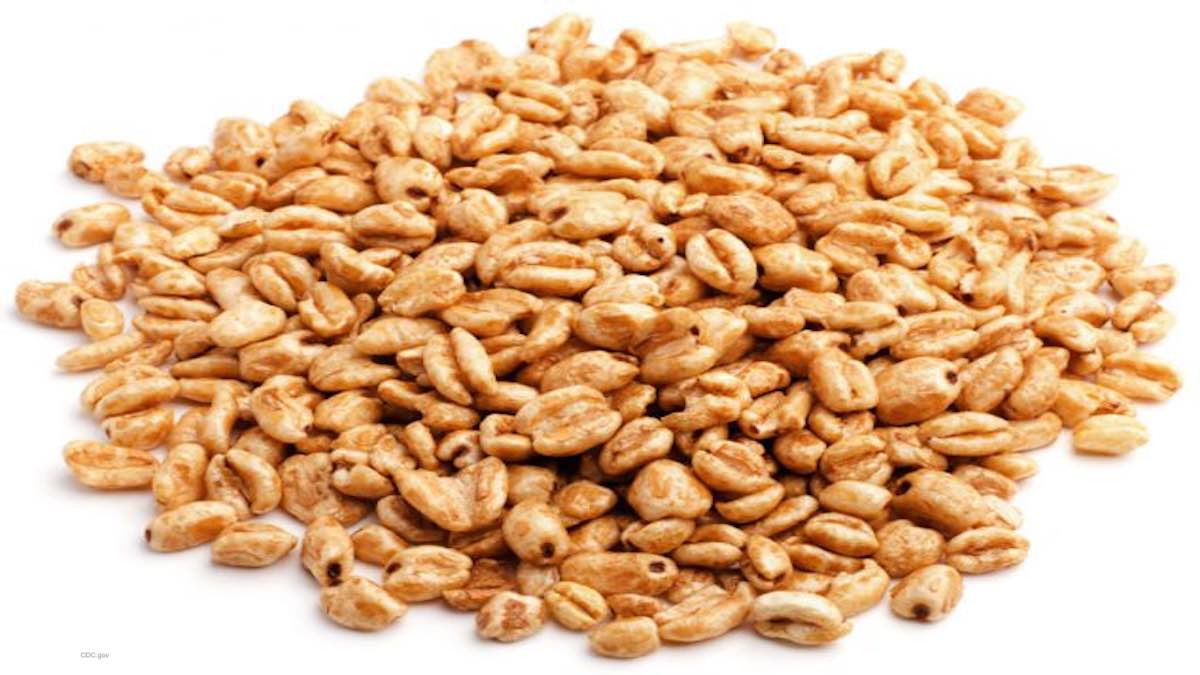The Kellogg’s Honey Smacks Salmonella Mbandaka outbreak is a rare and curious event. Some food poisoning outbreaks are met with disbelief. It doesn’t seem possible that certain foods can be contaminated with pathogenic bacteria. The E. coli O157:H7 outbreak linked to recalled General Mills flour is one example. How could flour which is completely processed and dry, be contaminated?

Same with cereal. This product is processed and subject to heat. How can it be contaminated with pathogenic bacteria? How did this Honey Smacks Salmonella outbreak occur?
Salmonella is a persistent and resilient bacteria. It can actually become more persistent in a dry environment. The contamination in Kellogg’s Honey Smack cereal could have occurred in the field, during processing of the grains, during transport, while the cereal was being made, or after production, during boxing or shipment. The control of this pathogenic bacteria is a challenge for food manufacturers.
Bacterial metabolism can be reduced significantly, but the pathogen can still survive in significant numbers. And bacterial removal from a dry-food production environment can be just as difficult as removing the organisms from a wet environment. Any water at all in the facility can help the bacteria survive and spread.
But where does the bacteria come from?
Birds and animals poop and pee in farm fields; that’s a fact. It’s possible that the grains used to make the cereal started out contaminated. Storage bins that hold the grain could be contaminated as well.
Ingredients other than grains can also be an issue. Spray-dried milk and egg powders can be a contamination risk. Bacteria can survive in any ingredient that is dense with a high fat content.

Food safety attorney Fred Pritzker said, “An Salmonella infection is painful and scary. People are suffering just because they ate cereal for breakfast.” Call him toll free at 1-888-377-8900 if you have been sickened in this Kellogg’s Honey Smacks Salmonella outbreak.
Attorney Fred Pritzker, who has represented many clients sickened with Salmonella infections, said, “One issue with modern food production is that food from many different farms and ranches is brought together in central processing facilities. That means that one contaminated batch of grain can contaminate an entire day’s worth of cereal production. And during production, if the Salmonella bacteria is very resistant to heat and dry conditions, the contamination can easily spread.”
Because so many boxes of cereal have been recalled, and since public health officials are telling people not to consume any Kellogg’s Honey Smacks cereal, it is also possible that there is persistent contamination in a processing facility.
These assumptions are all hypothetical. Officials are, most likely, inspecting the cereal processing plant and taking environmental samples, which would tell us a lot Neither the FDA or the CDC has told the public about any tests they have been conducting.
This is not the first time a multistate Salmonella outbreak has been linked to dry cereal. In 1998, a Salmonella Agona outbreak was linked to Malt-O-Meal puffed rice and puffed wheat cereals. Twenty-one people were sickened in that outbreak. And in 2008, that same product sickened 28 people in 15 states, with the same bacteria. In the investigation ten years ago, environmental swabs taken from the plant yielded the outbreak strain of Salmonella Agona.
If you have eaten the recalled Kellogg’s Honey Smacks cereal and have been experiencing diarrhea, nausea, vomiting, and fever, see your doctor. You may be part of this outbreak, which is expected to grow.




